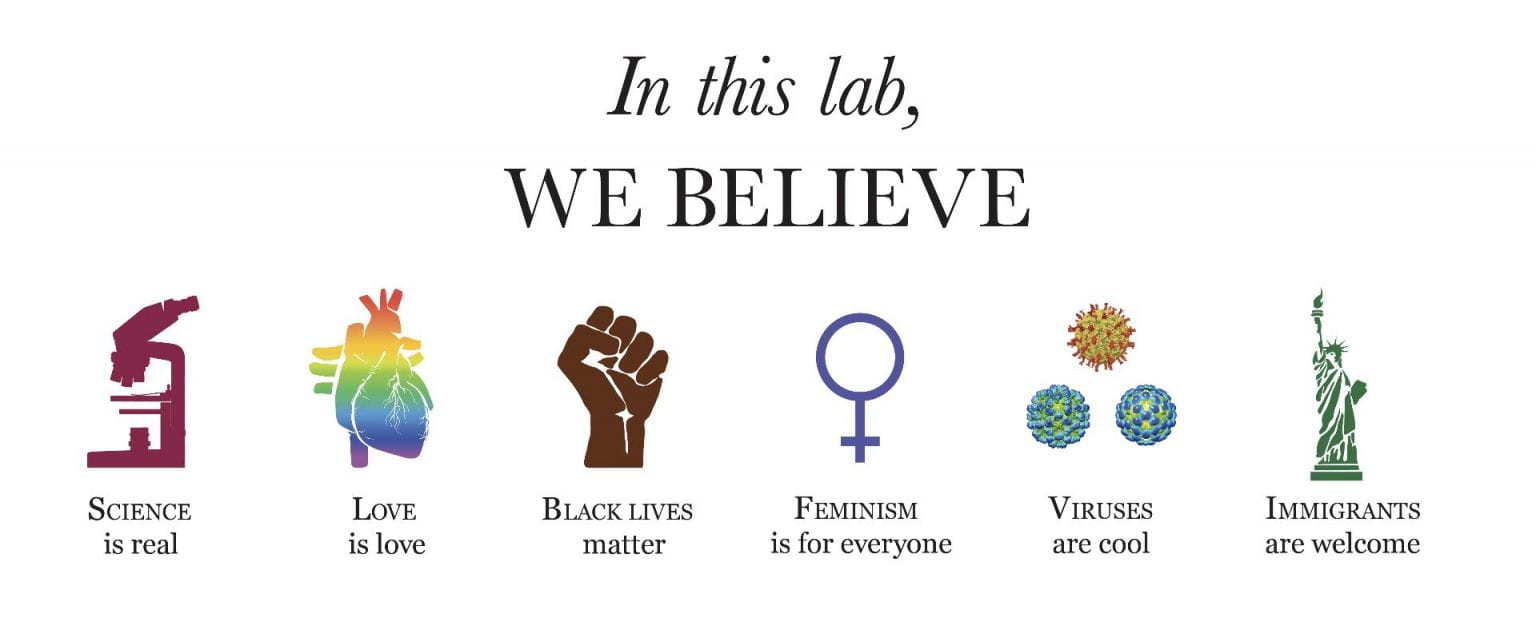



06/05/2024: The PI is named a 2024 Searle Scholar.
08/01/2023: The lab receives its first 5-year NIH grant: An NIAID DP2 New Innovators Award to study coronavirus-host interactions in gene regulation.
Welcome to the laboratory of Chang Liu, located in the Department of Biophysics and Biophysical Chemistry at the Johns Hopkins School of Medicine. Our research is focused on the structural and molecular basis of viral and host gene regulations. we use a combination of biophysical, biochemical, cellular, genomic, and computational approaches together with the cutting-edge cryo-electron microscopy (cryo-EM) and cryo-electron tomography (cryo-ET) techniques to elucidate the molecular mechanisms, biological functions, and evolutionary conservation of various coronavirus-host interactions and identify targets for novel and effective antiviral treatments.
We study the molecular mechanisms underlying a variety of nucleic acid transactions, including DNA transposition, RNA synthesis and RNA processing. The current research focus of my laboratory is to understand the molecular underpinnings and biological significance of complex virus-host interactions in the dynamic cellular environment.
The intricate virus-host interplay in gene regulation is a sophisticated regulatory network that dictates the outcome of the battles between virus and host, creating a promising opportunity to develop innovative antiviral strategies. However, how RNA viruses, and in particular coronaviruses, interfere with host transcription and how the host restricts coronavirus RNA synthesis are largely uncharted territory, greatly hampering the design of novel antiviral agents targeting these critical interactions.
We use a combination of biophysical, biochemical, cellular, genomic, and computational approaches together with the cutting-edge cryo-electron microscopy (cryo-EM) and cryo-electron tomography (cryo-ET) techniques to elucidate the molecular mechanisms, biological functions, and evolutionary conservation of various coronavirus-host interactions and identify targets for novel and effective antiviral treatments.
